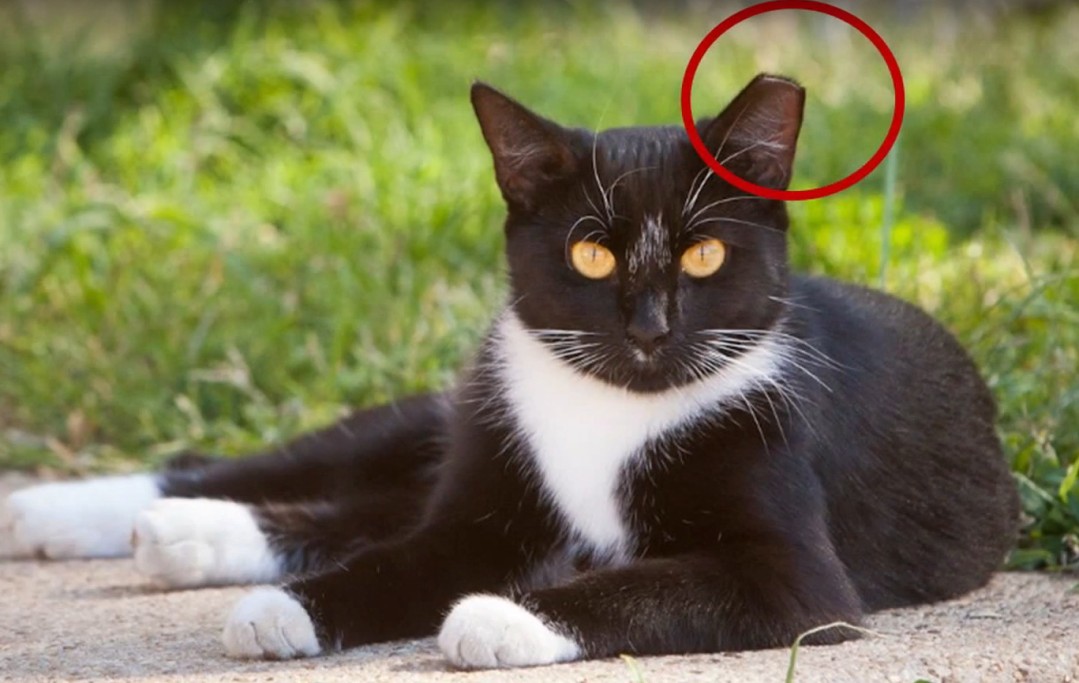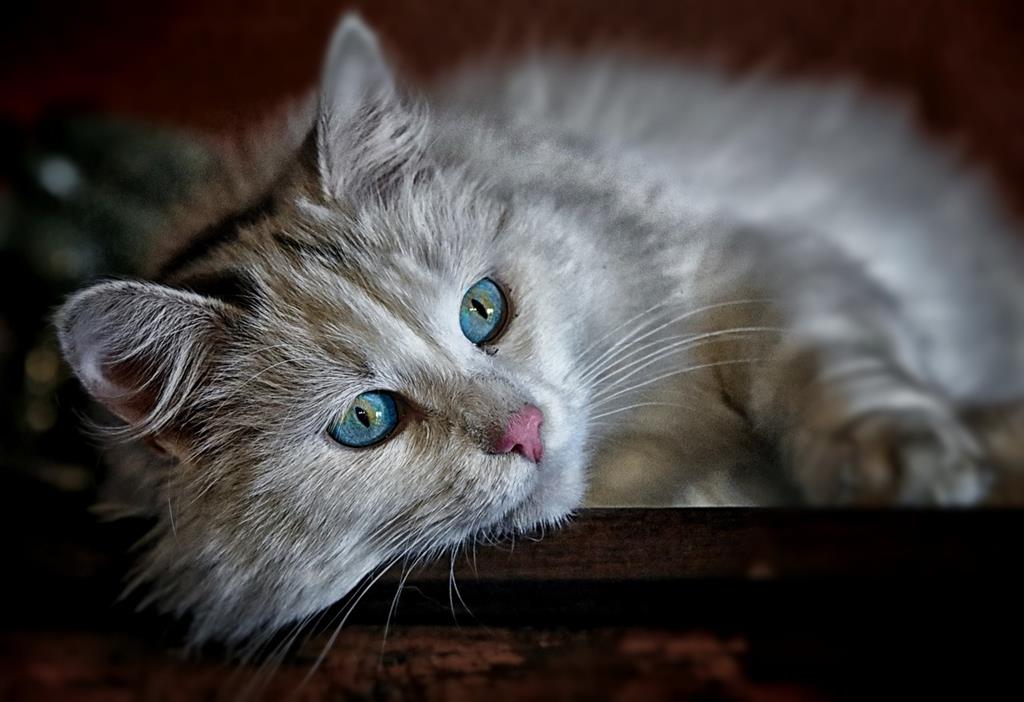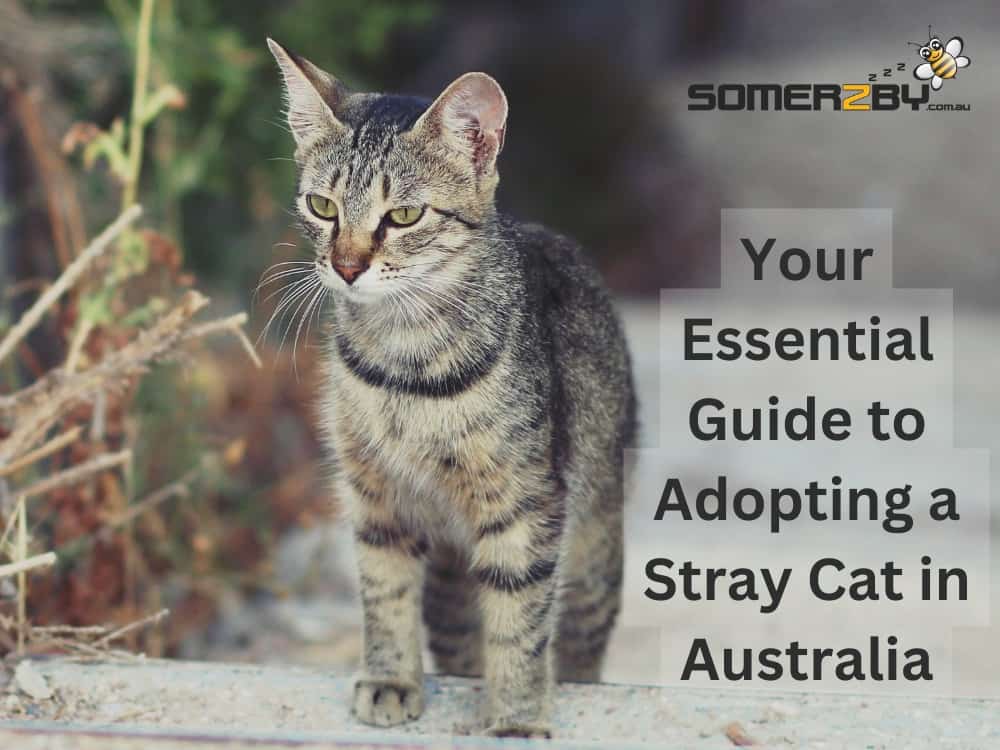A feral cat should be kept confined for at least 24-48 hours after spaying. This allows the cat time to recover from anesthesia while monitored.
Ensuring the well-being of feral cats through TNR (Trap-Neuter-Return) programs includes a critical recovery period after spaying. Spaying is a significant surgical procedure that requires strict post-operative care to prevent complications. A feral cat recovering from such an operation needs a quiet, safe space to rest, away from the potential dangers they face in their natural outdoor environment.
This short-term monitoring also provides an opportunity to check for any signs of infection or complications before they’re released. Caring for feral cats post-surgery is pivotal to their health and aids in the success of population control efforts within the community. Keeping these cats for the recommended 24 to 48 hours ensures they are stable and ready to return to their familiar habitat.
Surgical Recovery For Feral Cats
Caring for feral cats doesn’t end with TNR (Trap-Neuter-Return) programs—it extends through the post-operative phase after spaying. Proper post-surgery care ensures optimal recovery for these resilient creatures. Below, we’ll delve into the essential steps you need to take after a feral cat has been spayed, focusing on the immediate and subsequent phases of surgical recovery.
Initial Hours After Spay Surgery
The first hours post-surgery are crucial for feral cats. It is during this time that they regain consciousness. The cat should remain in a quiet and secure environment, away from any potential stressors. Keeping them in their trap or a recovery crate is often advised, ensuring they do not harm themselves while still groggy. Monitor for any signs of bleeding, distress, or unusual behavior.
Ensuring A Safe Anesthesia Recovery
Once sedatives fade, the anesthesia recovery process begins. During this period, maintaining a controlled temperature is essential as feral cats can easily get cold post-surgery. Provide adequate bedding for insulation and consider using heat pads if necessary. It’s vital to regularly check on the cat’s breathing and overall condition without disturbing them too much. Limit their food and water intake until you’re certain they can eat and drink without choking.
The key takeaway is that your care can significantly affect a feral cat’s recovery after spaying. Ensure you follow these guidelines to promote a safe and speedy return to the wild.

Credit: www.facebook.com
Assessing The Cat’s Condition
After spaying a feral cat, keeping a watchful eye on her health is vital. Knowing what to look for post-surgery ensures her safe recovery. Let’s delve into how you can monitor her healing process effectively.
Monitoring For Complications
Post-surgery care for a feral cat is crucial. Regular observation for any signs of distress is necessary. Ensure a quiet space for the cat to recover. Look for these signs to catch complications early:
- Excessive bleeding at the incision site
- Swelling or discharge, which could indicate infection
- Changes in behavior or appetite
- Lethargy lasting more than 24 hours post-surgery
Signs Of Proper Healing
A properly healing spay incision makes all the difference in a smooth recovery. Monitor the site daily for these positive signs:
- The incision area is clean and dry
- No redness or swelling around the site
- Stitches intact with no missing sutures
- A return to normal behavior and appetite within a few days
Keep the cat confined indoors while she heals. Check the healing process for at least 7 to 10 days before considering release.
Sheltering Post-surgery
After spaying a feral cat, creating a proper area for recovery is crucial. Your care in the first few days post-surgery helps ensure a safe healing process. We’ll explore how to set up a suitable space and protect the feline from the outdoor elements during this delicate time.
Creating A Temporary Recovery Space
A recovery space should be quiet, warm, and secluded to promote effective healing. Start with a medium-sized crate or a small, ventilated room. Line it with clean, soft bedding that’s easy to wash. This area should also be escape-proof while providing easy access for you to check on the cat‘s progress.
- Keep food and water nearby but in separate dishes.
- Place a litter box with low sides for easy access.
- Remove any hazardous objects the cat might bump into.
Protecting The Cat From Elements
Even in a sheltered space, the cat needs protection from cold, heat, and moisture. Ensure your shelter is draft-free and maintains a steady, comfortable temperature. If outdoors, an insulated cat house with warm blankets fights off the chill. During warmer weather, proper shade and ventilation prevent overheating.
| Weather Condition | Protection Measures |
|---|---|
| Cold | Insulated shelter, warm blankets, raised floors |
| Heat | Shaded area, proper airflow, cool surfaces |
| Wet | Waterproof coverings, elevated housing |

Credit: www.safecareclinic.org
Determining Release Time
Determining Release Time is a crucial step after spaying a feral cat. It ensures the well-being of the cat and confirms its readiness to return to the environment. The timing varies, but understanding the factors at play helps in making a responsible and informed decision.
Criteria For Safe Release
- Full Recovery: The cat must fully recover from anesthesia.
- Wound Healing: Check that the spay incision shows signs of healing.
- Alertness: The cat should be alert and show normal behavior.
- Weather Conditions: Release during safe, mild weather.
- Stable Condition: No signs of complications or illness.
Why Rushed Release Is Risky
A rushed release can lead to complications. Anesthetic effects might linger. Exposure to harsh weather can harm a recovering cat. Cat’s behaviors provide critical clues. An early release might result in an unfinished wound healing process. It is better to wait a bit longer than to risk the cat’s health.
Post-release Support
Caring for a feral cat doesn’t end after spaying. Proper post-release support ensures a successful transition back to their habitat. This crucial phase impacts cat welfare and community dynamics. Let’s explore essential post-spaying care under two key areas.
Feeding And Monitoring After Release
Boldly step into the role of a post-operative guardian for the feline friend. Monitor the cat daily. Secure food and water sources to support recovery. Here’s a quick guide on how to do it effectively:
- Set up a feeding schedule – Consistency aids healing.
- Keep water available – Hydration is key for recovery.
- Observe behavior changes – Spot potential health issues early.
- Maintain a safe distance – Respect the cat’s need for space.
Long-term Health Considerations
Long-term health is vital for feral cats’ survival. Address potential health concerns with a proactive approach. Here’s what you need to keep an eye on:
| Vaccinations | Parasite Control | Shelter |
|---|---|---|
| Update regularly | Prevent infestations | Offer protection from elements |

Credit: caws.org
Frequently Asked Questions On How Long Should You Keep A Feral Cat After Spaying
How Long Should I Keep My Cat Isolated After Spay?
Keep your cat isolated after spaying for about 7 to 10 days to ensure proper healing and reduce the risk of complications.
How Long Should An Outside Cat Stay Inside After Being Spayed?
An outside cat should stay inside for at least 7-10 days after being spayed to ensure proper healing and recovery.
Do Feral Cats Change After Being Neutered?
Yes, feral cats often exhibit less aggressive behavior and reduced roaming after neutering, leading to a calmer temperament and fewer disturbances in the community.
How Long Does It Take For A Female Cat To Recover From Being Spayed?
A female cat typically recovers from being spayed within 10 to 14 days. It’s essential for her to have rest and limited activity during this period.
Conclusion
Deciding the duration of care for a spayed feral cat can be a nuanced affair. Aim for a recovery period between 24 to 48 hours before release. This ensures their wellbeing and contributes to the control of the feral population.
Trust your observation skills; a cat showing good mobility and alertness is ready for release back into its familiar environment. Remember, each cat’s recovery may vary; consult with a vet for specific cases. Your involvement makes a vital difference in their lives and the community.


